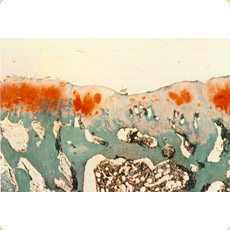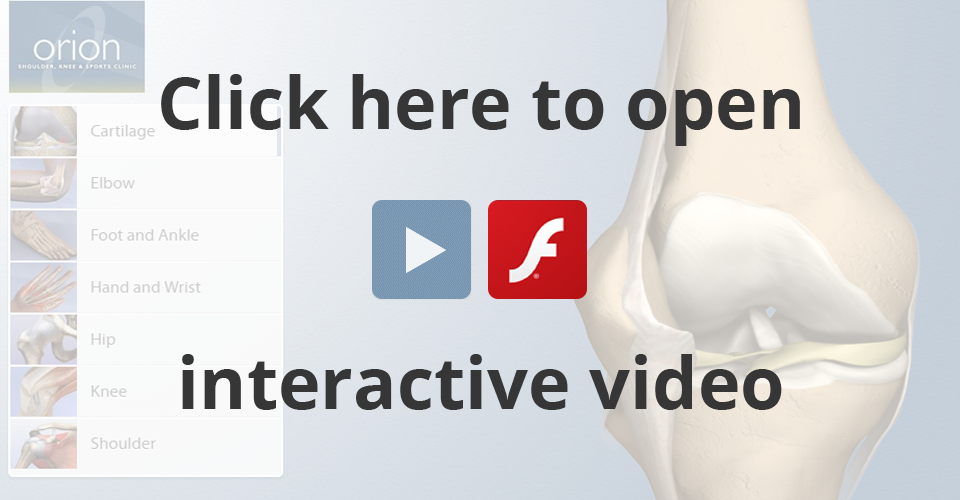Knee Surgery Overview
The knee joint is a large rotating hinge joint and joins the thigh bone (the femur) with the leg bone (the tibia). At the front of the knee joint lies the kneecap (the patella). The knee joint is a very stable joint and its stability is provided by very strong ligaments and by the surrounding muscles and the tendons. Between the articular surfaces of the femur and the tibia lie a pair of anti-friction shock absorbers called the menisci. The ends of each of the bones are covered with cartilage (hyaline articular cartilage).
Although the knee is a very stable joint it also has an excellent range of movement. The knee can be extended (fully straightened), flexed (bent) and slightly rotated on either side. It also has a special locking and unlocking mechanism in order to provide more stability particularly on standing and during walking.
The knee joint is a frequently injured joint and conditions affecting the joint range from degenerative conditions to trauma (injury). Injuries to the knee can damage the bony structures which result in intra-articular fractures or soft tissue injuries to the ligaments, the menisci or the articular cartilage.

Microscopic picture of hyaline articular cartilage
The extent of damage to the bony or the soft tissue structures depends upon the force of the injury. Minor forces can lead to contusions, sprains and relatively undisplaced fractures. Higher degrees of force can lead to damage to one or more ligaments often associated with shock absorber damage and bony injuries.
Serious ligamentous injuries such as disruptions of the anterior cruciate ligament (ACL) or the posterior cruciate ligament (PCL) can be quite devastating particularly for the young athlete. Often reconstruction of such ligaments becomes mandatory not only to allow the individual to return to his normal sporting activity but also to prevent further and long term deterioration in the knee as a result of articular cartilage damage and meniscal degeneration.
Degenerative conditions of the knee are also quite common and often start around the 4th to 5th decades. A combination of non operative or operative techniques is useful in preventing the rapid degeneration in such joints but in late or end stage degenerative conditions (arthritis) joint replacement surgery may often be required.
Documentation
Pre-op Information PackKnee Physio Protocols ACL Injuries Hamstring Injuries & Surgery
Contact Us Directly
Sarah Morris, Secretary to Mr PimpalnerkarReferral forms to download:

